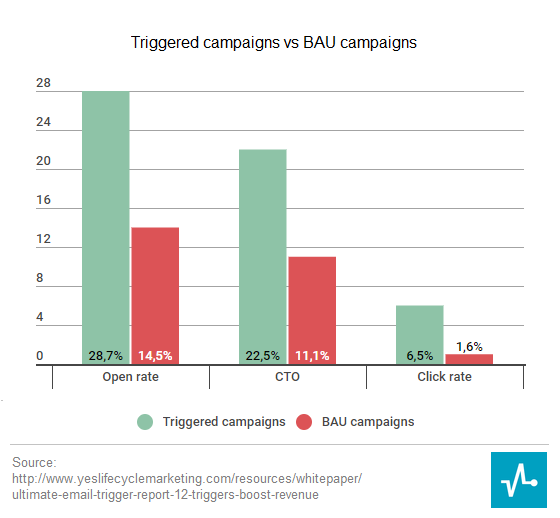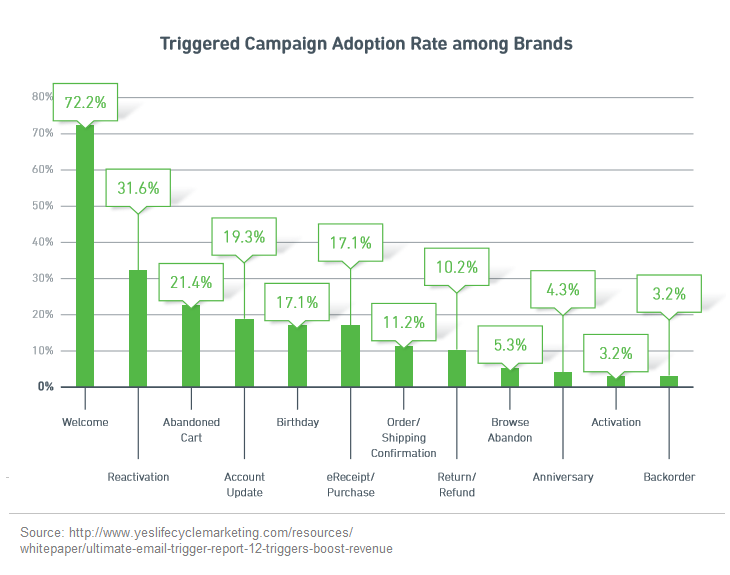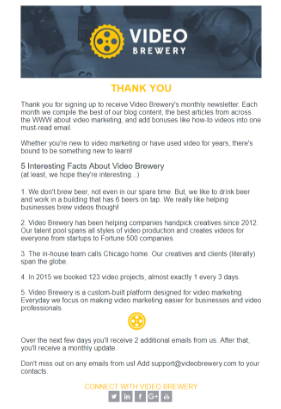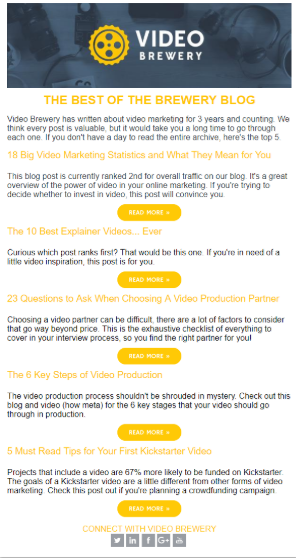Welcome emails are a brand’s first point of contact with new subscribers. Just like real life, in the digital world you never get a second chance to make the first impression. That is why your welcome email series is always worth the time and effort to craft an excellent series.
So, what is a welcome email? How to spread it out through a series? Are there any useful tips on its timing and content? All these questions are answered in our article. But before we discuss welcome email series, let’s find out what triggered emails are and how they pertain to your welcome email flows.
Content:
What are triggered emails?
Triggered emails are automated messages sent in response to specific events related to your customers’ actions. Being behaviorally targeted, triggered emails are both timely and relevant to where your customer or prospect is right now. So, setting up an automated email flow instead of bombarding your subscribers with random emails, you will provide them with actual value and usefulness.
According to the recent Yes Lifecycle Marketing report, triggered emails generated twice the open rate and click-to-open (CTO) rate of business as usual (BAU) email campaigns and about 4x their click rate driving engagement.

Trigger event: sign-up
Welcome message is a typical trigger-based email sent after a specific event, for instance, a sign-up, first purchase, the end of a free trial and so on.
Companies use welcome emails to
- greet new subscribers and thank them for their interest;
- say more about the brand and its products;
- motivate a prospect to buy from the brand;
- set subscribers’ expectations;
- provide users with communication channel options;
- build a trustworthy relationship with subscribers and win their loyalty.
According to a Getresponse recent report, welcome emails have an open rate of 82.20% and click-through rate of 21.69% as subscribers are more receptive to the content a brand has to offer on the initial stage. In addition, the conversion rate of such emails is 2% higher generating $0.10 revenue per delivered email.
It’s no wonder welcome emails are the most commonly used triggered campaigns, being popular with 72.2% of brands.

Timing and content of a welcome email flow
There are plenty of things to tell a new subscriber, which might tempt you to overfill the very first email with information. That is why it’s better to create a series of two or three welcome messages. Here are some milestones for choosing the content and timing for your welcome emails.
First email — Introduce your brand and make the right impression
Since it’s the first email your subscribers are going to get, you’d better take advantage of the opportunity. Send it right after the sign-up as 74% of users admit they expect a welcome email after they subscribe.
Start with a simple ‘thank you’ and proceed with your brand’s story. Tell your subscribers what to expect. Adjust the tone of your email so that it will showcase your brand. You can also share your best content or products your prospects might like and provide a discount on their first order.
Check out the first welcome email by Lush, a cosmetics retailer. They start communication with a new user with a warm welcome and a sign of their appreciation. After that they point out the benefits of being their subscriber and invite newcomers to take a behind-the-scenes tour to see how their products are made. The brand also encourages new subscribers to take the desired action by providing a list of recommended products linked to the respective page on their website.

One essential thing: subscribers who made a purchase after the first email should be moved to another mailing list and opted out from additional emails of the welcome flow.
Here’s an example of the Video Brewery’s welcome email. The online video marketplace celebrates new subscribers opting to their list. They showcase their brand with a touch of humor and set the subscribers’ expectations.

Second email — Promote your products or content
Send your second email a day after a subscriber joins your list. This is neither too soon to annoy the newcomers, nor too late to be clean forgotten.
Since you have already introduced your company, it’s high time to motivate your subscribers to buy from you — if you are a retailer — or read your content — if you keep a blog. All in all, your prime target at this stage is to fuel subscribers’ interest in your brand. Think of adding a list of your best-sellers or the most popular blog posts. Incentivize your prospects with a coupon or discount on their first purchase, and include social media links for your subscribers to choose the preferable way to stay in touch with you.
In their second email, Lush present their most popular products, adding a clear call to action — shop best-sellers. Every product is shown on a clickable image, that leads to the brand’s website giving a prospect the opportunity to check out reviews, videos and descriptions of their handmade cosmetics.

Unlike Lush, Video Brewery doesn’t intend to sell right away, so they fill their final welcome email with a list of the most popular articles from their blog. This well-structured email contains the articles’ thumbnails and ‘Read more’ CTA buttons in bright yellow — one of their corporate colors.

Third email — Give value or get to know your subscribers
Schedule the third email two days after a subscriber signs up. The time is ripe to familiarize the audience with your company’s philosophy and values. Another option is to include a survey or add a link to a preference center so that you can collect more data about your subscribers for further segmentation and personalization.
In their final email, Lush reveals their unique features. The email itself consists of seven blocks, each showing one of the company’s key principles. Subscribers can click on a corresponding block, that leads them to the website, and read more about the principle they are interested in.

Wrapping up
Now that you know how effective welcome emails are and have an idea of how to tailor them, and make them an indispensable part of your email marketing strategy. SendPulse will take care of their automation.
Check out the SendPulse YouTube channel for more tips on how to create a welcome email series:






